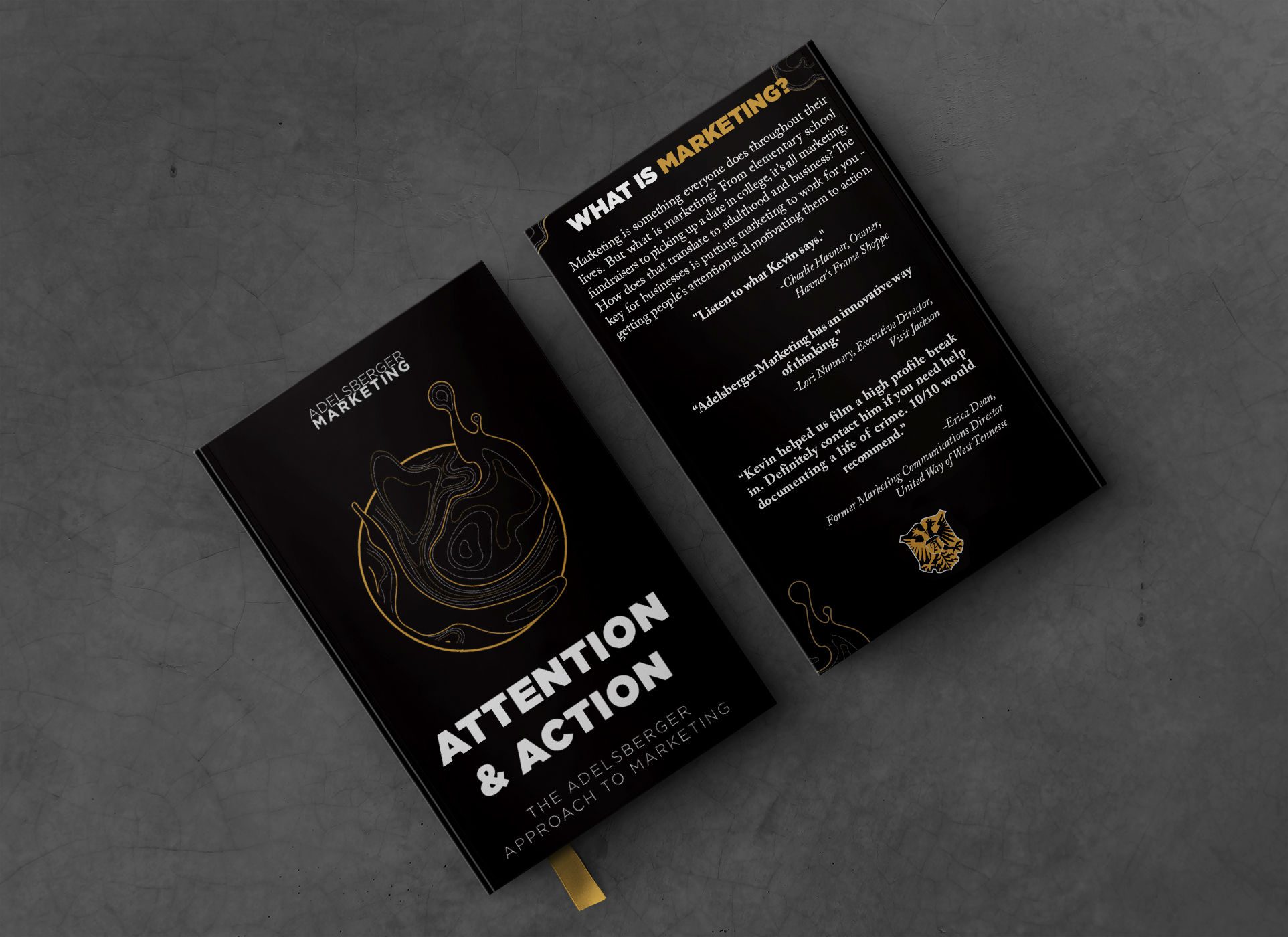Social Media
Social Media is the ever present content monster always demanding more and more. Two things to think about when trying to keep up: 1. If you maximize your content, you will be looking at a variety of pieces for every one piece you make. 2. Document the daily life of your organization to help fill the gaps with pieces that are easy to make. Documentation is taking pictures of a meeting or showing what has recently arrived in a shipment. These quick pieces of content, when created with the customer in mind, can be great ways to help feed the social media beast.
1. Platforms
When picking social media platforms, start with where your customers’ attention is. If your customers are all tweens, Linkedin might not be right. If you are dealing with all B2B sales with C Suite (executive level offices) folks, TikTok might not be right. We are not going to go into details here about which platforms are best for each demographic for one main reason: it changes all the time. New ones will emerge, old ones will lose favor, and customer bases will age and change their behavior. So the key concept here is to see where the attention is being spent by your audiences and invest there.
2. Content Strategy
How do you lay out your content to succeed? One of the keys is to understand your audience. What are they looking for? How can we entertain/educate/delight them?
Some emotions we can try to invoke from our audience are: anger, awe, surprise, amusement, joy, sadness, laughter, inspiration, curiosity. Anger can be great for political campaigns and nonprofits, but maybe not a Heating and Air company.
The following list is long but it is not an exhaustive list of content types. These types of content can help give you some guidance on how to begin creating content:
Announcements, ask a question, expert opinion, get to know you, guides, holidays, how to, listicle, memes, polls, quizzes, testimonials, user generated content.
Mediums are the way we convey the information directed by the structure: Animation, audio, document, ebooks, graphics, interactive, live video, photography, stories, text video
This blog post is a portion of Attention and Action. The book walks you through the marketing process that Adelsberger Marketing follows with its clients. You can read this book for free as a blog on the Adelsberger Marketing website or purchase on Amazon.com.

